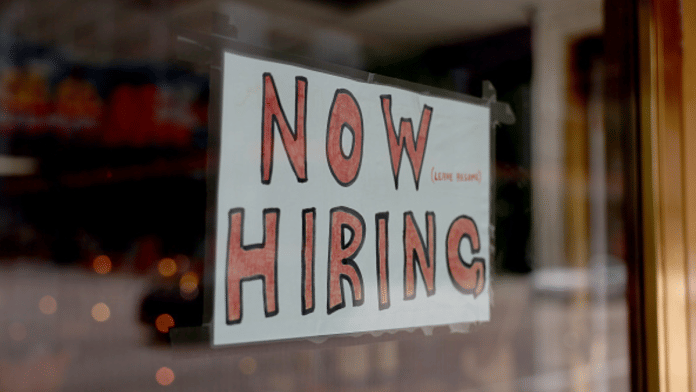There are two big worries when it comes to the rapid advances in artificial intelligence. The first is that it will lead to robot overlords that will eradicate humanity. The second is that AI will eliminate many jobs. The more likely scenario is that it creates a labor shortage, or at least a dearth of skilled workers who can make the most of the new technology.
I recently spoke to the head of the informatics program at a large university and asked her about training undergraduates for this future. The biggest obstacle, she explained, is that many students do not have thenecessary math skills for a world where AI will dominate our lives, especially those who don’t plan to specialize in the field.
But what about those who do plan a career in AI? Technology has always made labor more valuable because it allows workers to become more productive. The concern now is people will use AI to do their thinking for them, thereby making themselves redundant. That will probably be the case for some, but using AI in a productive manner involves employing the technology to develop novel ideas, and that requires at least some human input.
For example, large language models work by taking lots of data to not only answer a question, but finding the answer that is most common, or average. Sometimes that is adequate, but what distinguishes people in a work situation is often coming up with an exceptional answer. AI can help you get there but is rarely sufficient on its own; it also takes an ability to assess the output and push further. Or often the answer from AI is inadequate because it lacks the context that makes a certain situation unique.
Suppose you attempt to get a simple statistic from a large trove of data. It is not enough to get a statistic thrown back at you; you need to understand the limitations of the data your model is working with, where it comes from, when it is from, if it is relevant to your problem and what specification did the technology use to provide the statistic. Making sense of the results takes both decent statistical and analytic skills.
In the meantime, we are witnessing a collapse of standards and some student’s ability to do even basic math in some of America’s best universities and secondary schools. Perhaps only a fraction of students at Harvard University need remedial math. But the fact that this is even a population at such a school suggests standards across the board are weakening, not only for math but reading as well. Even exceptional students are getting less rigorous training in how to think critically during this crucial time in their lives and brain development.
I’ve heard many academics say they are still unsure how to teach students the skills they need to thrive in an AI world that eliminates many entry-level jobs. Amid a major economic transition, it is impossible to know what the future of work will look like. One likely solution may be as simple as teaching the basics well, enforcing consistent standards and giving real grades.
Doing anything else risks a vicious cycle where new graduates can’t offer much improvement on AI because they lack the skills they need to work with the technology and so aren’t worth hiring. In such a scenario we end up in the worst of all worlds – unemployable graduates and employers unable to find enough workers who can use the new technology effectively.
When it comes to the US, there’s an added risk tied to immigration. Many foreign students have better quantitative skills than their American peers, but our legal and skilled migration system is broken. Even the President, long an immigration skeptic, admits we need more skilled workers who can create and use technology, and many of them will need to come from abroad. But lasting immigration reform cannot come from an executive order; it requires Congress and bipartisan consensus on immigration priorities. Unfortunately, this is not looking likely at this time.
The result is that America is potentially left dealing with a major mismatch in skills and the lack of analytical thinkers with strong math abilities who can use and adapt to however technology evolves. Neither our education nor immigration system is producing enough of these people. The outcome may be both many unemployable graduates and a massive labor shortage.
This column reflects the personal views of the author and does not necessarily reflect the opinion of the editorial board or Bloomberg LP and its owners.
Allison Schrager is a Bloomberg Opinion columnist covering economics. A senior fellow at the Manhattan Institute, she is author of “An Economist Walks Into a Brothel: And Other Unexpected Places to Understand Risk.”
Disclaimer: This report is auto generated from the Bloomberg news service. ThePrint holds no responsibility for its content.
Also Read: When chatbot sycophancy meets human loneliness—welcome to AI-induced psychosis






